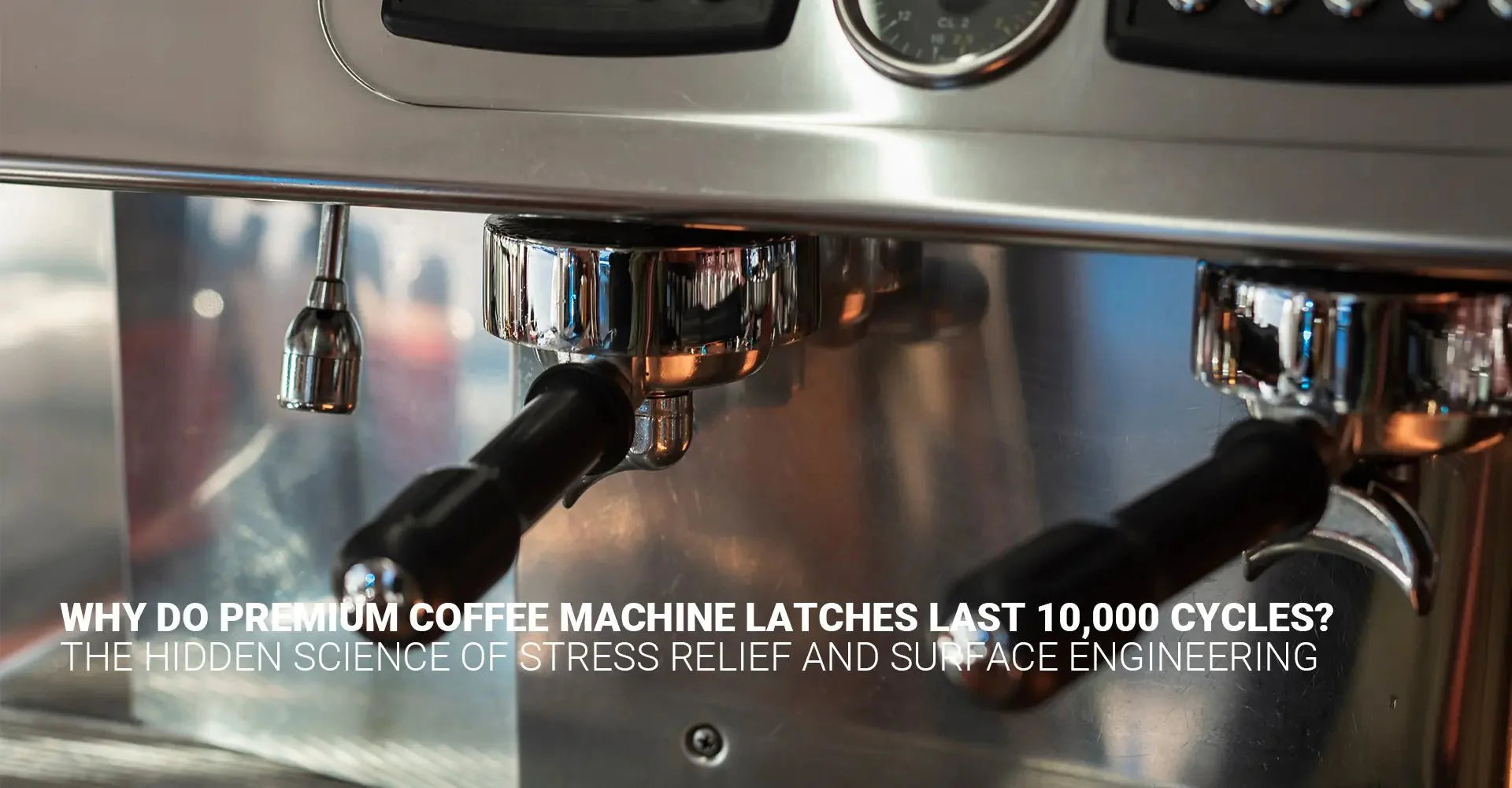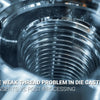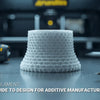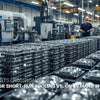How Do Professional Coffee Machine Latches Survive 10,000 Operational Cycles?

How Do Professional Coffee Machine Latches Survive 10,000 Operational Cycles?

In the intricate world of professional coffee equipment, success hinges on microscopic engineering details that most baristas overlook. Portafilter latches represent a sophisticated intersection of material science, mechanical engineering, and precision manufacturing—directly influencing cafe productivity, equipment reliability, and ultimately, espresso quality.
Understanding the nuanced design principles behind high-performance coffee machine latches can prevent substantial financial losses, reduce unexpected maintenance, and guarantee consistent espresso extraction that meets professional standards.
Prepare to explore the hidden realm of coffee machine latch engineering, where millimeters and microseconds determine the difference between ordinary and extraordinary performance. From CNC machining precision to advanced material science, we'll unravel the complex mechanisms driving coffee equipment innovation.
[Table of Contents]
- Why Do Microscopic Groove Designs Matter?
- How Does Surface Texture Impact Machine Longevity?
- What Financial Implications Arise from Precision Engineering?
- Which Materials Guarantee Maximum Performance?
- Conclusion
Why Do Microscopic Groove Designs Matter?
A seemingly trivial 0.3mm groove can transform an ordinary portafilter latch from a potential failure point into a robust mechanical system capable of withstanding extraordinary operational stress cycles.
Advanced motion-tracking research demonstrates how strategic groove geometry can dramatically reduce peak mechanical stress, exponentially extending equipment lifecycle and performance reliability.

By implementing a meticulously calculated 45° helical groove, engineering teams can reduce peak stress from 580MPa to 320MPa—effectively multiplying the latch's operational cycles from 2,100 to over 10,500. Precision CNC machining techniques are instrumental in achieving such remarkable engineering tolerances.
How Does Surface Texture Impact Machine Longevity?
Beyond geometric design, surface treatment technologies play a critical role in determining a coffee machine component's durability, performance characteristics, and long-term reliability.
Sophisticated surface finishing techniques can dramatically alter a component's fatigue resistance, with advanced shot peening emerging as a transformative manufacturing approach for critical mechanical interfaces.
Shot peening revolutionizes surface microstructures by introducing compressive stress layers that delay micro-crack initiation by up to 73%. This sophisticated surface engineering technique significantly extends the component lifecycle, ensuring consistent performance under demanding operational conditions.
What Financial Implications Arise from Precision Engineering?
Engineering excellence transcends technical specifications—it directly translates into tangible economic benefits for café owners, equipment manufacturers, and coffee professionals seeking competitive advantage.
Precision-engineered latches with ultra-tight tolerances prevent extraction variances, creating measurable financial advantages through improved consistency and reduced equipment maintenance.
A modest 0.5% improvement in extraction consistency can generate $8.50 in daily savings, accumulating to substantial annual financial benefits. These seemingly minor optimizations represent significant value creation across professional coffee equipment ecosystems.
Which Materials Guarantee Maximum Performance?
Material selection represents the foundational cornerstone of high-performance mechanical components, especially in demanding environments like commercial coffee machine manufacturing.
Comprehensive material property comparisons reveal nuanced trade-offs between durability, cost-effectiveness, and specialized performance characteristics critical for professional-grade equipment.
Advanced materials like 17-4 Precipitation Hardening Stainless Steel offer exceptional durability, consistently withstanding 12,000 operational cycles with superior corrosion resistance. These sophisticated material choices demonstrate the intricate balance between engineering performance and economic feasibility.
Conclusion
Professional coffee machine engineering represents a sophisticated symphony of materials science, mechanical design, and precision manufacturing—where every microscopic detail contributes to exceptional brewing performance and long-term reliability.
-
Posted in
5 Axis CNC Machining





